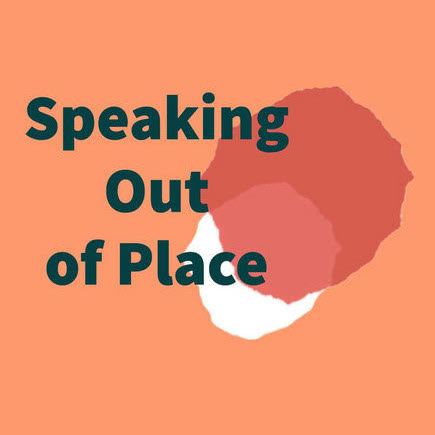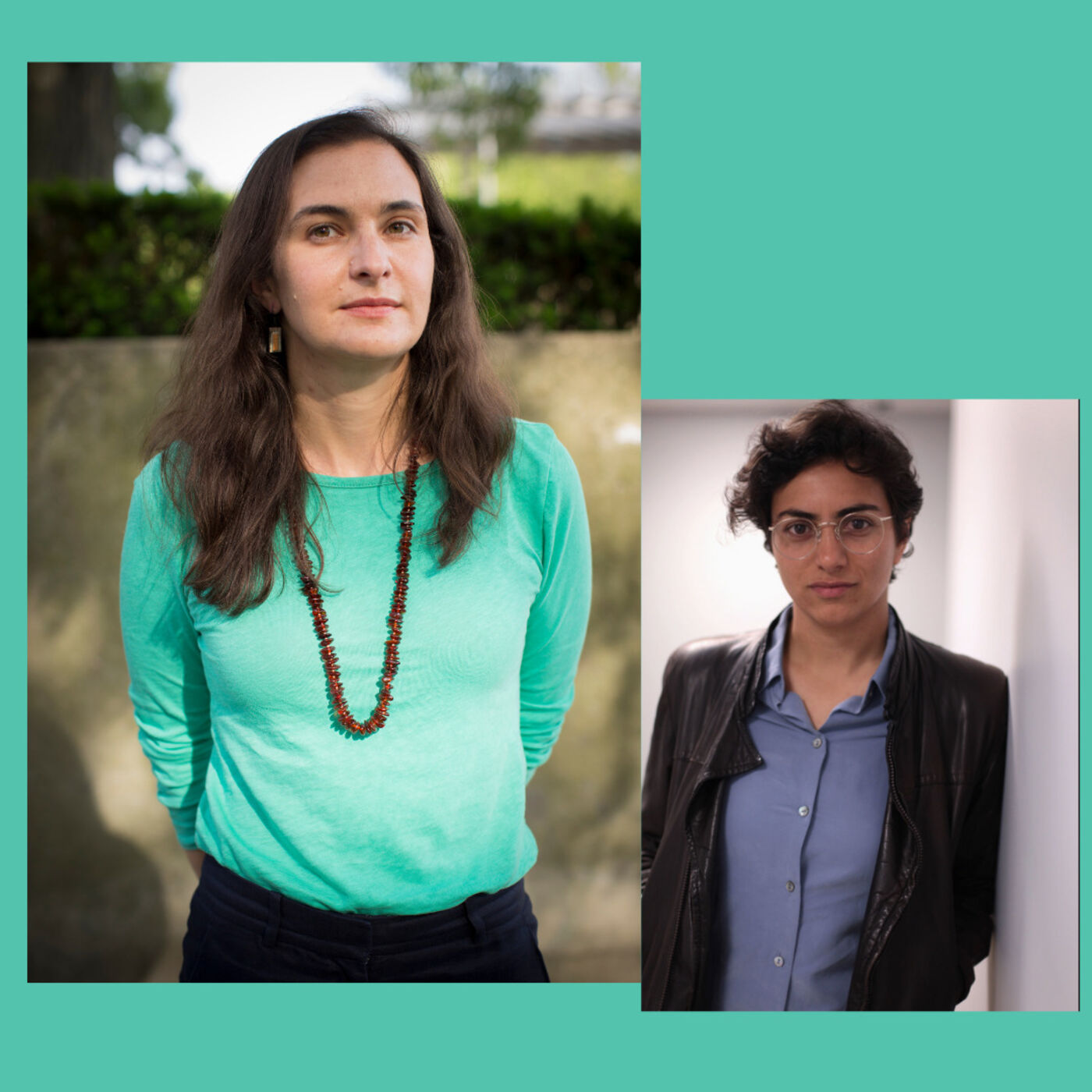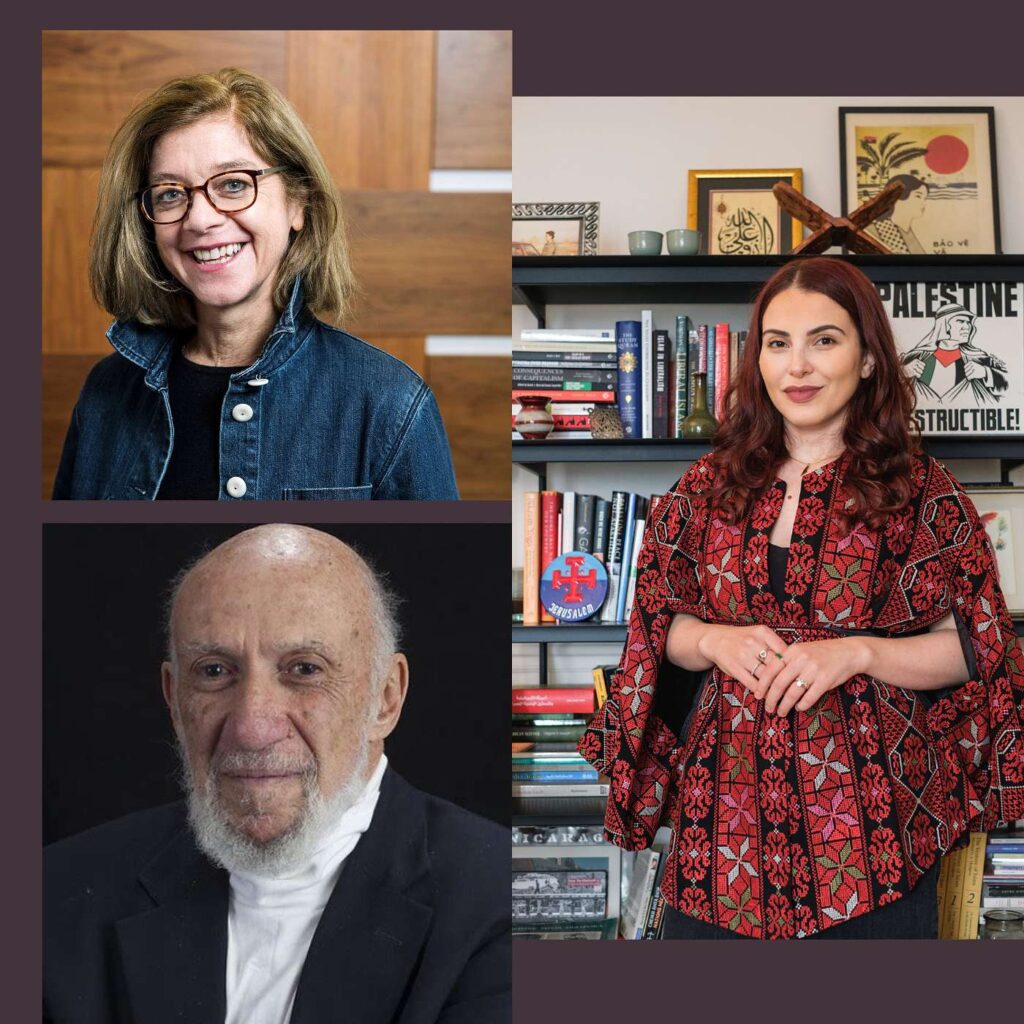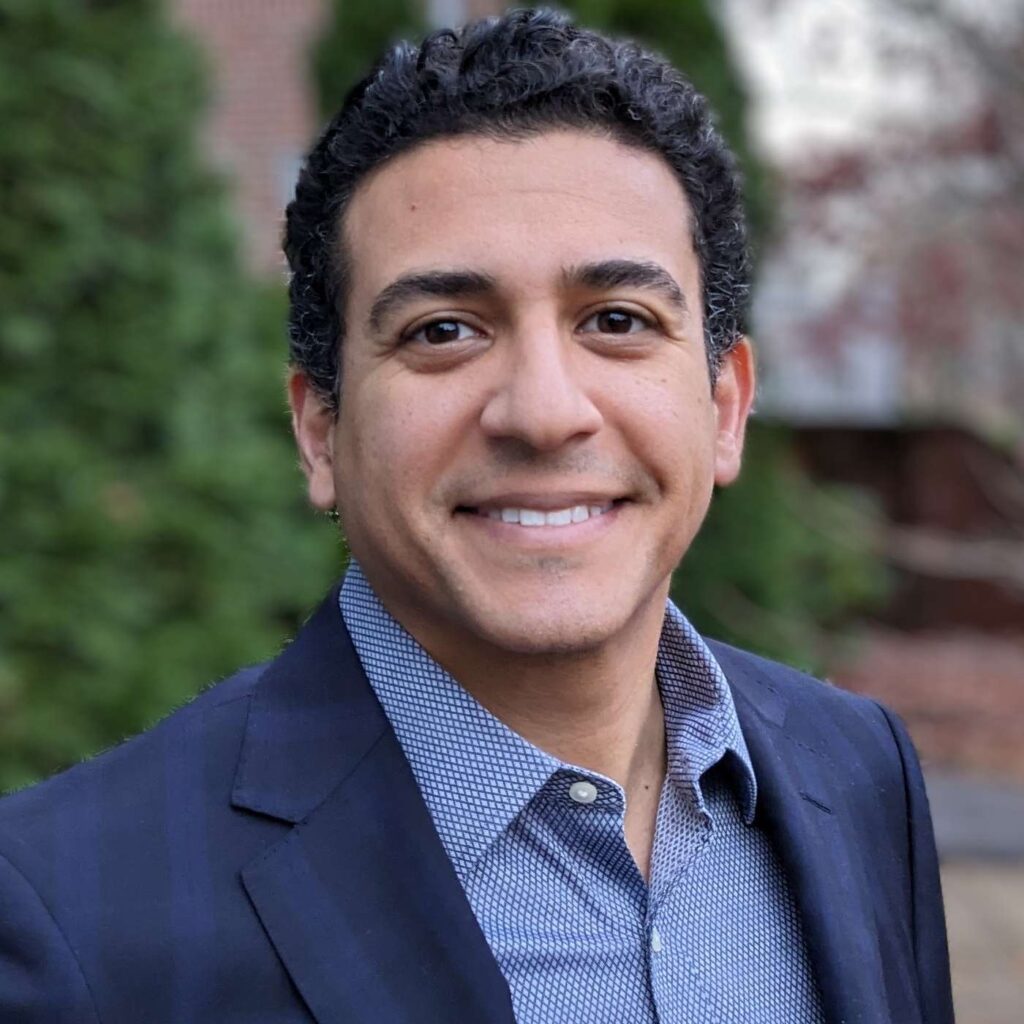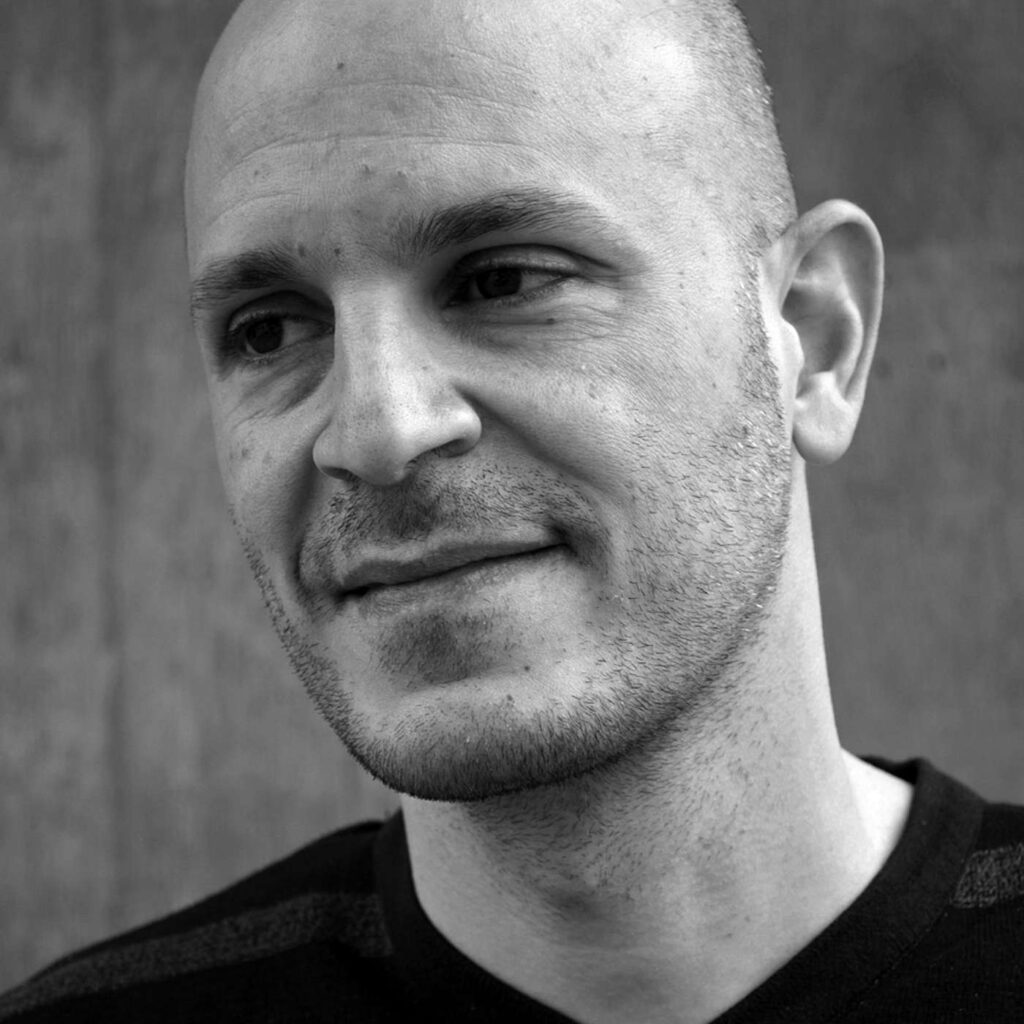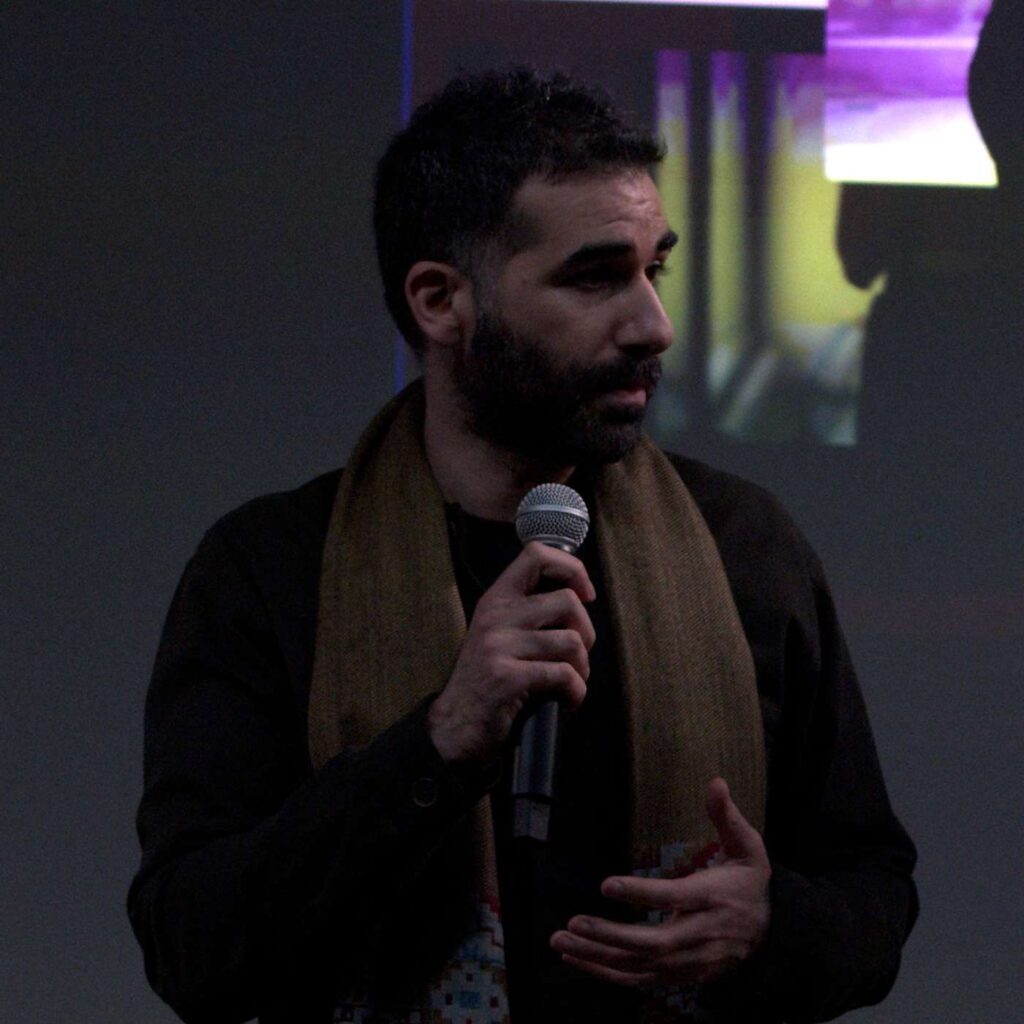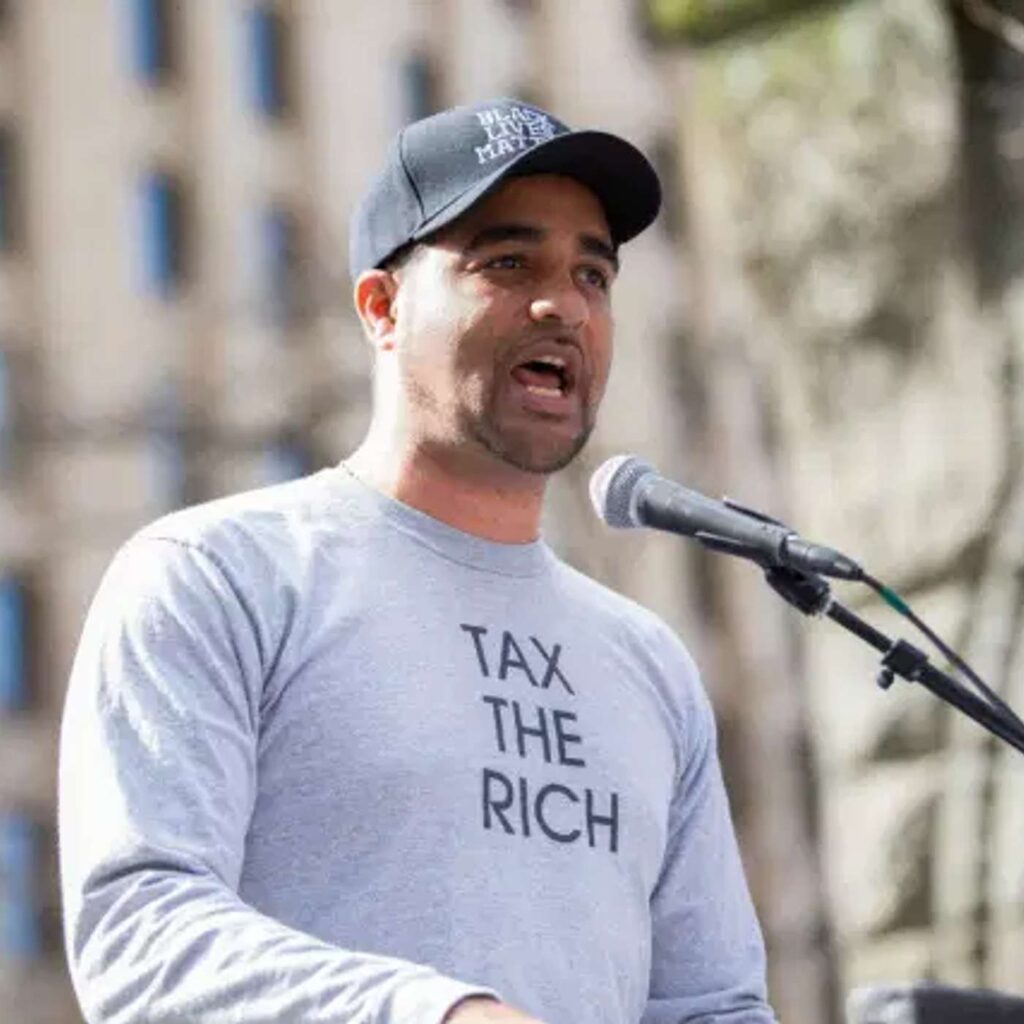Today we speak with Professor Amahl Bishara about her book, Crossing a Line: Laws, Violence, and Roadblocks to Palestinian Political Expression. She is joined by Professor Nayrouz Abu Hatoum to discuss the ways that notions of national identity, cultural commitments, and political expression are all complicated when juxtaposing two groups of Palestinians—those living under occupation, and those who are citizens of Israel. How does the boundary line fragment Palestinians into unequal camps, and yet how do Palestinians invent new forms of unity through art, media, public demonstrations, photography, and other means? Our conversation ranges from microscopic attention to details of everyday life, to broad explorations of how Palestinian fragmentation and unity can teach us so much about other worlds and struggles.
Amahl Bishara is Associate Professor of the Anthropology Department at Tufts University. She is the author of Crossing a Line: Laws, Violence, & Roadblocks to Palestinian Political Expression (Stanford 2022), about different conditions of expression for Palestinian citizens of Israel and Palestinians in the West Bank. Her first book, Back Stories: U.S. News and Palestinian Politics(Stanford University Press 2013), is an ethnography of the production of U.S. news during the second Palestinian Intifada. She has co-produced documentaries about incarceration and expression under occupation and collaboratively produced bilingual children’s books with Lajee Center in Aida Refugee Camp, Bethlehem.
Nayrouz Abu Hatoum is an assistant professor in the Department of Sociology & Anthropology at Concordia University, Montreal. She was the Ibrahim Abu-Lughod postdoctoral fellow at Columbia University for 2018/2019, and is a co-founding member of Insaniyyat: Society of Palestinian Anthropologists. Her research explores visual politics in Palestine and focuses on alternative imaginations, peoples’ place-making and dwelling practices in contexts of settler-colonialism. Currently, she is working on her ethnographic project that examines the politics of visual arts production and its role in expanding Palestinians’ imagination.
